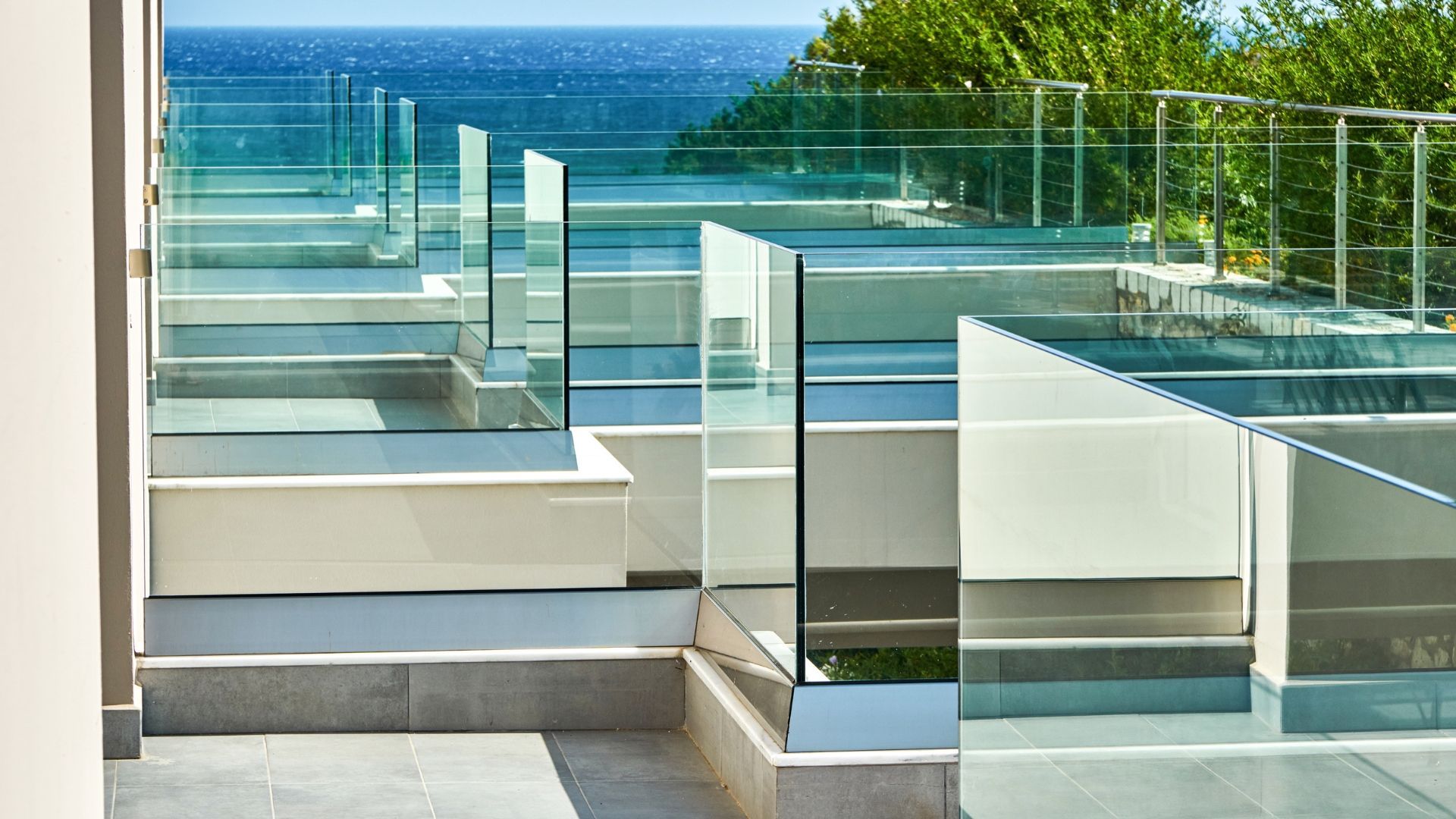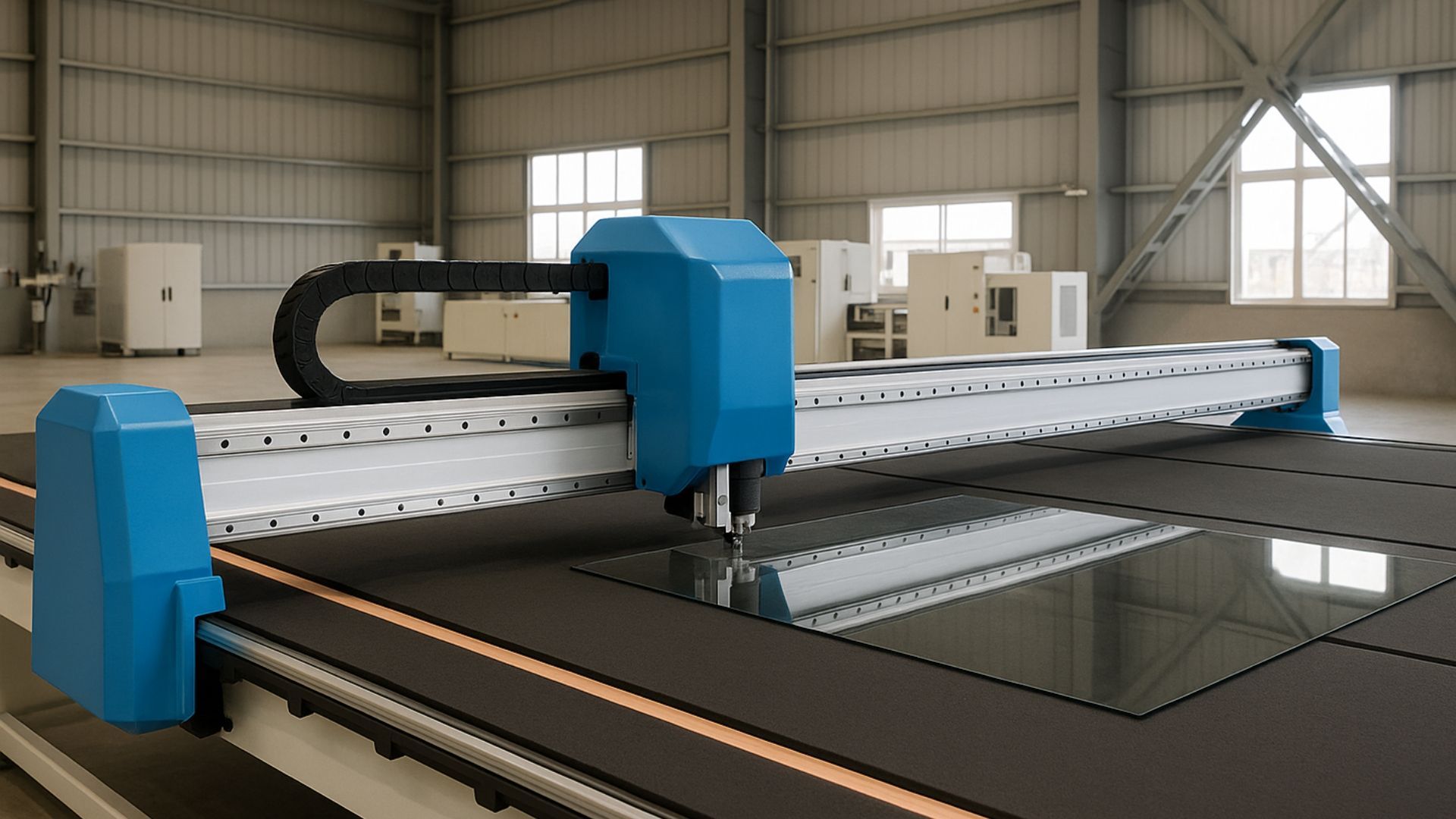Understanding glass impact ratings and safety standards
Share this blog:
Are you an architect, builder or project manager working with glass? Get to grips with impact ratings and safety standards.
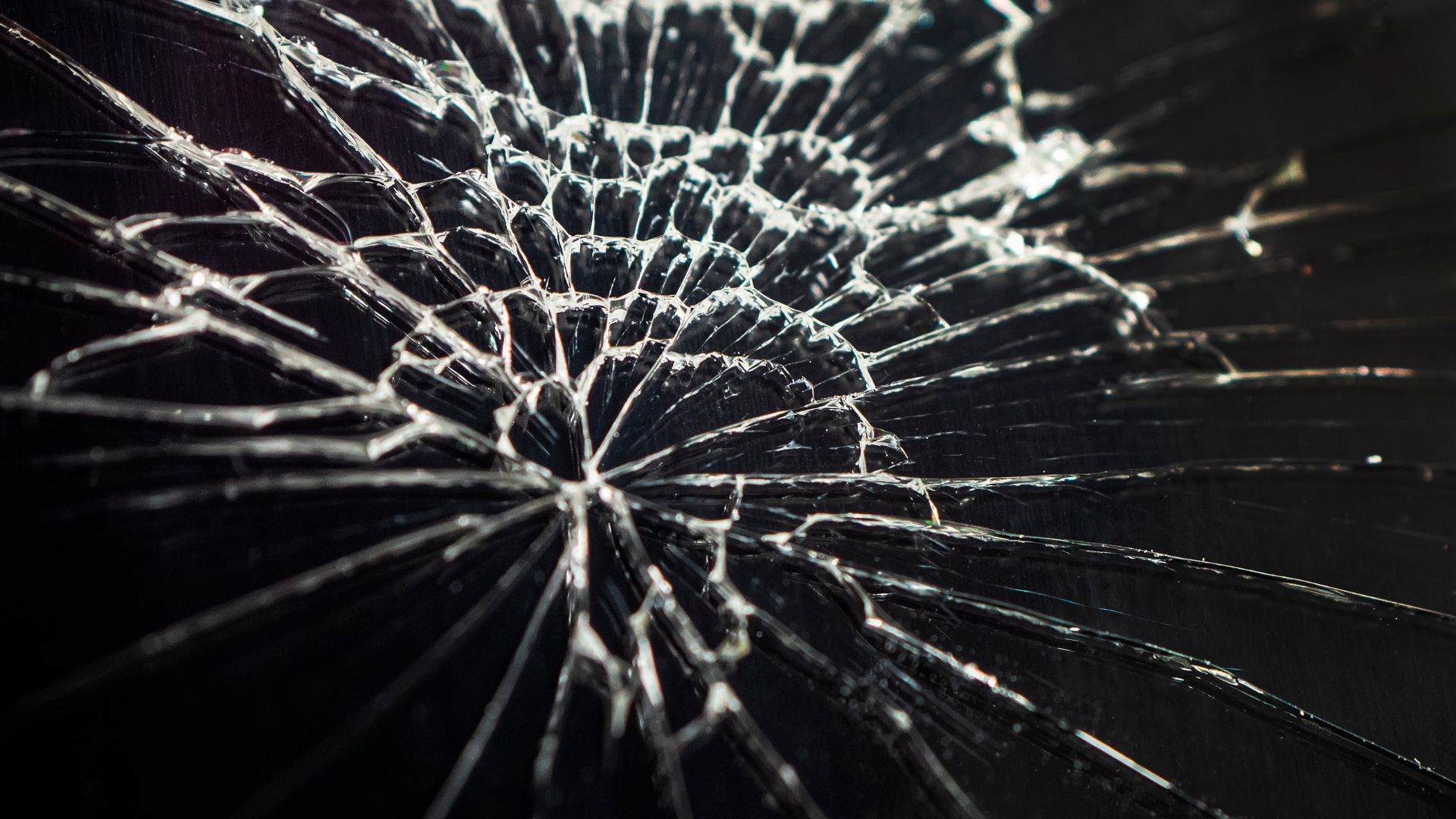
Any architect, builder or project manager will tell you that the construction industry is highly regulated. You can see this regulation especially clearly in the world of glass.
Glass has to meet certain standards to be used in specific locations. One example of this is impact resistance.
Impact resistance is a crucial consideration in construction projects for a variety of reasons. It helps keep building occupants and users safe by reducing the likelihood of injury. It protects glass from people, debris and wind. It also reduces a building's carbon footprint by improving insulation.
Like so many aspects of construction, impact resistance is now standardised. Glass products are classified according to their level of impact resistance. When sourcing glass for a project of any size, you need to be sure your materials meet these standards.
So, what are these standards and how are they measured? Let's find out.
How is the impact resistance of safety glass measured?
Safety glass is a category of glass that includes toughened glass and laminated glass. It refers to the types of glass used when extra safety is required. Both types can be classified according to their impact resistance level.
The impact resistance of safety glass used to be measured by BS 6206. This has now been replaced by BS EN 12600. Whatever project you're working on, this is the relevant standard when specifying safety glass.
Under BS EN 12600, impact resistance is tested by dropping a 50 kg weight from a pendulum mechanism onto a standard-sized pane of glass (876 mm by 1938 mm). The weight is dropped from three different heights.
- Classification 3 uses a drop height of 190 mm
- Classification 2 uses a drop height of 450 mm
- Classification 1 uses a drop height of 1200 mm
Class 2 is equivalent to more than one adult walking into the glass – but less than one adult running at it. Class 3, meanwhile, is equivalent to an adult firmly pushing the glass or a child running into it.
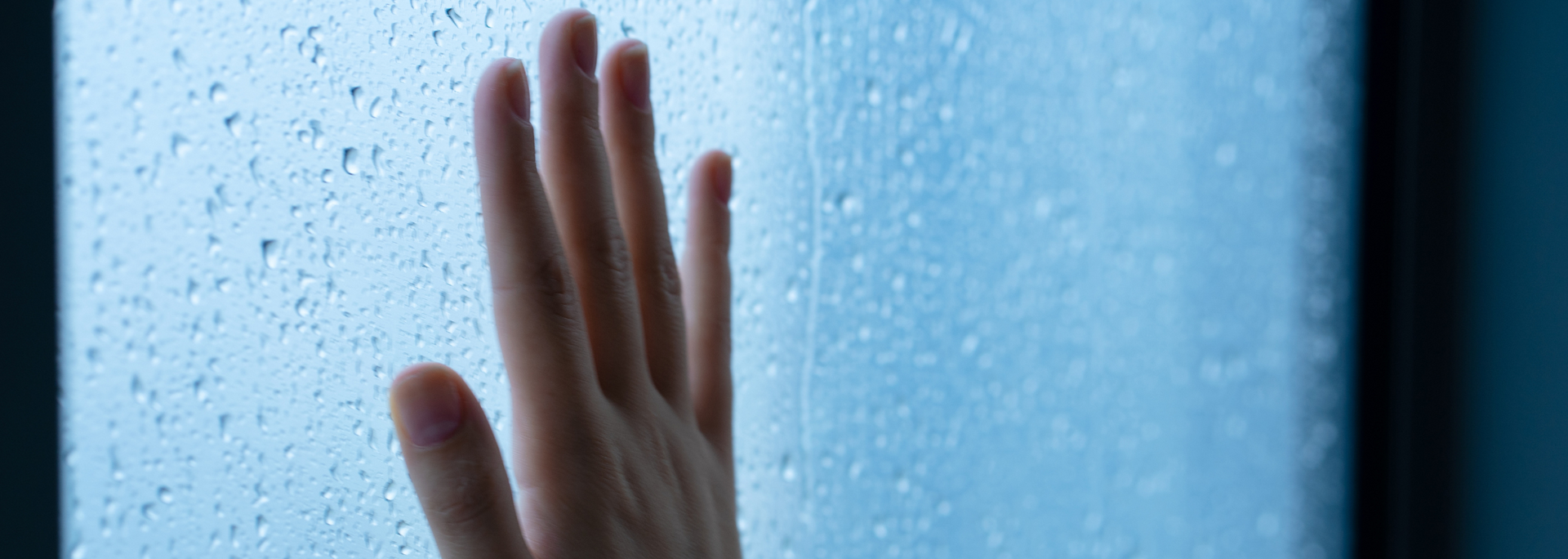
From highest to lowest, the BS EN 12600 classifications go:
- Class 1B1
- Class 2B2
- Class 3B3
These correspond to the old BS 6206 classes A, B and C. (The B refers to the type of breakage.)
All safety products have to be marked as such. This is something to look out for when sourcing safety glass for your project. Each pane of glass should feature the manufacturer's name or trademark and the relevant BS EN standard.
What classification is toughened glass?
Toughened glass (also known as tempered glass) is usually given a classification of Class 1A (formerly Class A) or Class 1B1.
To qualify as toughened glass, it has to break into lots of small, blunt, pebble-like pieces. That's what makes it suitable for use in so-called "critical locations", where people need to be especially protected from falling glass.
Toughened glass regulations are found in the UK's Building Regulations Part K. Critical locations include low-level glazing, high-risk areas and some locations in commercial properties.
What classification is laminated glass?
Laminated glass is even more robust than toughened glass. It consists of two panes of glass bonded with a plastic interlayer. This interlayer is often made of polyvinyl butyral (PVB).
Laminated glass has a higher impact resistance than toughened glass. This is because it can withstand more impact – and when it breaks, it doesn't shatter, but maintains its structural stability.
It can be classified as 1B1, 2B2 or 3B3 depending on the glass and the thickness of the interlayer.
Why are impact ratings and safety standards important?
Impact ratings and safety standards for glass are important for a number of reasons. First, they ensure occupant safety by reducing the chances of injury from falling glass. Similarly, they reduce the chances of damage to property.
Secondly, they help project managers know that high-quality, robust materials are being used. They also reassure architects, builders and project managers that materials meet regulatory compliance.
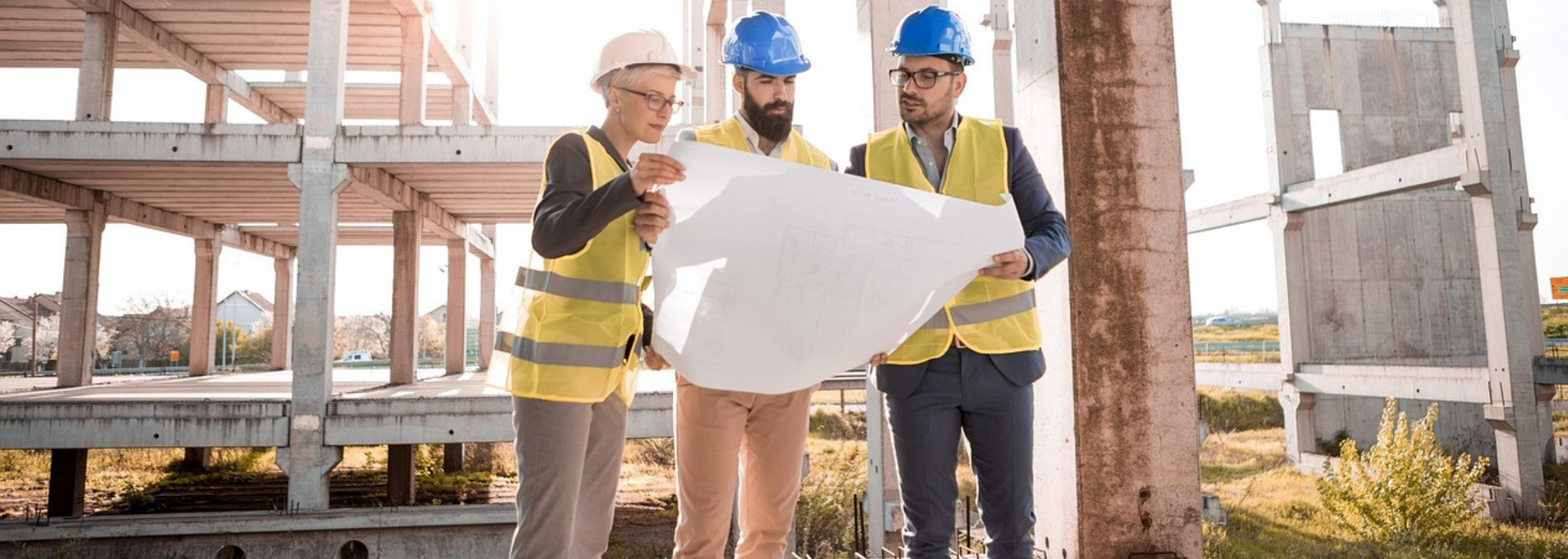
Finally, impact resistance and safety standards make it easier to insure a building. This is because the materials used can suggest to an insurer how safe an installation is.
Who needs to understand glass impact ratings and safety standards?
Architects, builders and project managers all need to be aware of glass impact ratings and safety standards. This is to ensure the project is built as safely as possible in line with building regulations.
When sourcing glass for a project, you should always check that your materials meet these standards. Not doing so can put building occupants at risk.
What are best practices for specifying impact-resistant glass?
When specifying or sourcing safety glass for a project, there are a few things you should make sure to do.
The first is to carefully assess the application needs. Ask yourself what level of impact resistance is required and what the potential risks are.
The second is to select the right materials. This will be based on the glass product's specific performance criteria and the relevant industry standards. Compliance is vital – not just for user safety but also to reassure stakeholders and insurers.
Finally, you should consider the long term. Are there long-term environmental factors that call for a higher level of impact resistance?
Once you've asked yourself these questions and answered them to your satisfaction, you're ready to order your glass. That's where we come in.
How ToughGlaze can help
Here at ToughGlaze, we produce high-quality
safety glass that's in line with all relevant BS EN standards and gets the Kitemark seal of approval.
What this means for you is glass with the right impact ratings for the job, whatever the job may be. So, if you're looking for high-quality toughened or laminated glass that meets impact resistance standards, get in touch with our experts today. We'll get your glass where it needs to be – on time and on spec.





